ISO - Mastering the Big Three Camera Settings (#3 in a series of 4)
Welcome back to our four part series about the basic camera settings that every photographer needs to understand. I call them the Big Three. Shutter Speed, Aperture and ISO. It is the dance of these three elements that control the final look of your photographs. In the next and final installment in this series we will look at the optimum setting for each of these three elements for capturing an awesome sports photo.
In the first two articles we talked about Shutter Speed and Aperture. Now we are going to take a look at the final element to this trio - ISO (or if you are Old School, ASA). ISO sounds a lot more intimidating than it really is. Setting your ISO is only about setting the sensitivity of the digital sensor (in old school terms, the film) so that it can be prepared for the scene it is about to photograph. Back when we used to shoot with film (some still do by the way) we would buy a roll of film that came with a rating: 100 ASA, 400ASA, 800ASA, etc. Now with digital, instead of buying a roll of film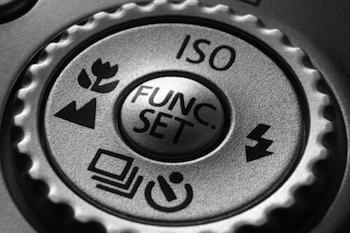 with a specific sensitivity rating, we just turn a dial on our camera body. As smart as a camera is, it is still just a machine and it needs input from the photographer so that it can adjust accordingly. Once you tell it what to expect, the camera can take it from there. Is it bright and sunny? 100 ISO. Is it bright but cloudy? 400 ISO. Is it dark outside or are you indoors with dim artificial lights? 1600 ISO. Is it flat out dark? 3200 ISO.
with a specific sensitivity rating, we just turn a dial on our camera body. As smart as a camera is, it is still just a machine and it needs input from the photographer so that it can adjust accordingly. Once you tell it what to expect, the camera can take it from there. Is it bright and sunny? 100 ISO. Is it bright but cloudy? 400 ISO. Is it dark outside or are you indoors with dim artificial lights? 1600 ISO. Is it flat out dark? 3200 ISO.
ISO settings are a little different depending on your camera model. In general they will start at around 50 and run up to about 3200 with some of the newer cameras going as high as 102,400! Are you going to get a quality photo at that top range? No. But you will get an image in a very dark lighting situation.
Here is a list of the most common ISO settings:
50 100 200 400 800 1600 3200
You will also see variations within those settings. Here is another list of ISO settings you might see:
50 64 80 100 125 160 200 250 320 400 500 640 800 1000 1250 1600 2000 2500 3200
So why wouldn't you just set your camera at the highest ISO setting and be prepared for anything? Good question. Because, the lower the ISO setting, the smoother and sharper your digital file will be. The higher the ISO setting the more grainy and pixelated your image becomes. Professional photographers are always trying to use the lowest ISO number they can get away with so their final image is of the highest quality. Have you ever taken an image in low light and wondered why it was so spotty and pixelated? The reason is that the ISO setting was high when you took the photo. The camera is attempting to help you out in low light situations but it comes with a price. The lower the ISO number the cleaner the final image will be.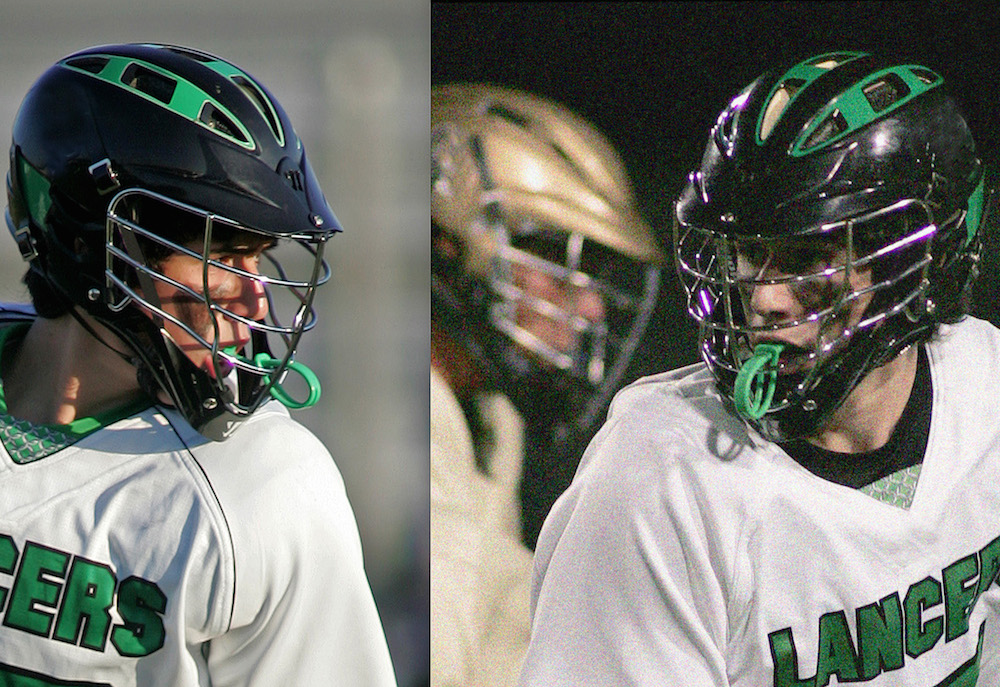
Check out my sample action image showing two action photos side by side. The photo on the left is taken during the day with a low ISO setting (100 ISO). Notice how smooth and sharp the image is? The photo on the right is taken at night with a high ISO setting (1600 ISO). Can you see how that high ISO setting makes the image start to get grainy and pixelated?
When I photograph collegiate or professional sports, I will see three times as many photographers at the day games than you would see at a night game. Why is that? The day games allow the photographers to set their ISO levels low – ending up with final products that look great. Those images that can be printed for high quality magazines and marketing material. At the night games, photographers are forced into using higher ISO settings thus the final images are not as versatile. They are fine for the web or newspapers but will fall apart if they attempted to enlarge them for a billboard. This is why you are likely to see more news photojournalists at a night game. They just need to record the moment for news purposes, but the images won’t be used for many commercial purposes (most likely). Now special events, like a Super Bowl, is going to draw a crowd regardless, but for a normal game you can expect a lower percentage of photographers on the sidelines as opposed to a day game. As a casual sports photographer you probably are not looking to have your photos plastered on a billboard; however, even if you were going to make an 8x10 or 11x14 print for your kids room, you will see the difference.
So lets get back to the actual ISO settings.
As a starting point, I use the following ISO settings when capturing action.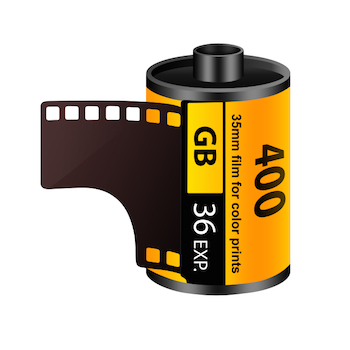
1. 200 ISO – Bright sunny day
2. 400 ISO – Overcast and cloudy
3. 800 ISO – Sun is down but it isn't completely dark yet
4. 1600 ISO – A night game or I am inside a gymnasium
5. 3200 ISO – A night game or I am inside a gymnasium with bad lights.
Easy enough? Check out Part 4 in this series to see the optimum settings for Sports Photography
Have a blast!
NEW! Free Sports Organization Resources
All of TeamSnap's ebooks, articles, and stories in one place. Access Now
Similar Articles:
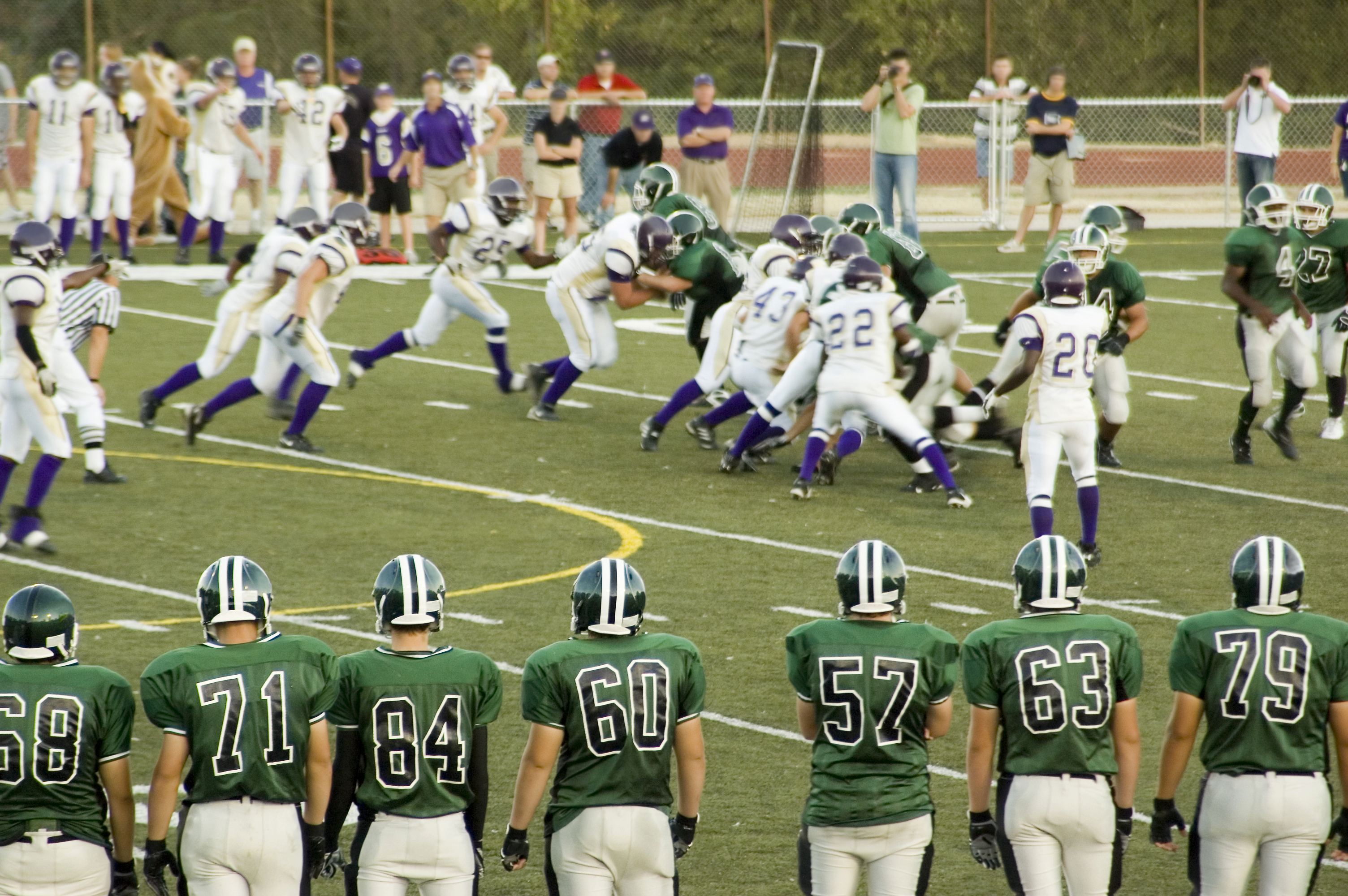
Sideline Etiquette
Today I would like to talk about the art of navigating the…
Read More
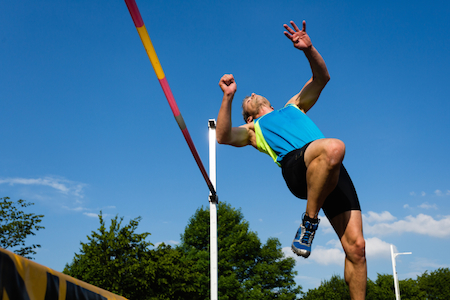
Photographing Sports - Mastering the Big 3 Camera Settings (#4 in a series of 4)
So after reading this four part series on the Big Three…
Read More
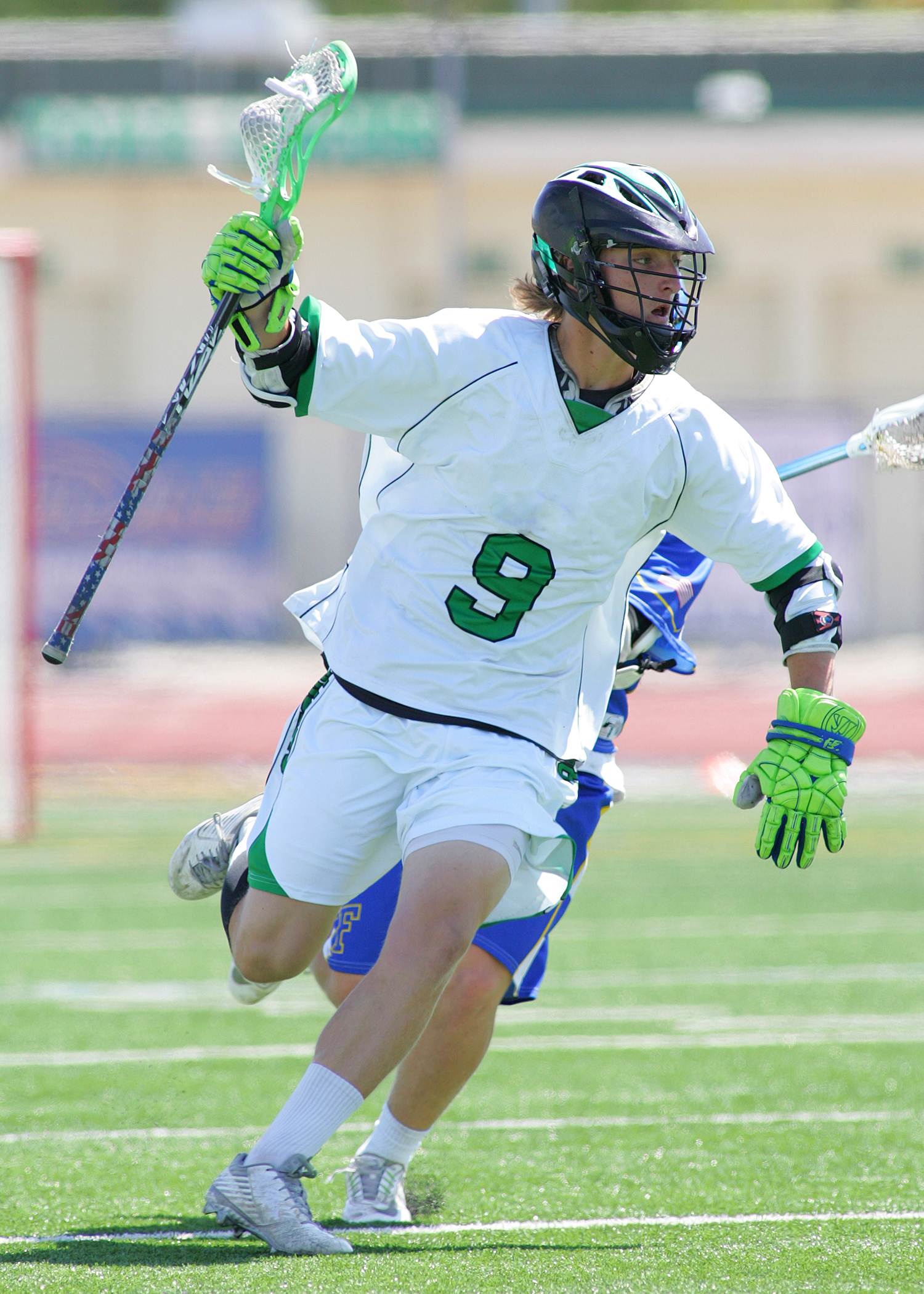
Action Photo Cornerstones
Whether you know it or not, sports photography has an unwritten…
Read More
